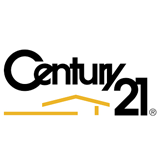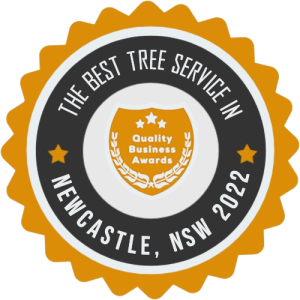Termites in Trees
Termites, also commonly called White Ants, are not ants at all.
Scientists have classified all life forms into different groups to help identify which organisms are related.
These groups have been given names (usually derived from Greek or Latin) which often describe some aspect of the animals in the group. While there are many groups for each animal [or plant], the groups called orders to distinguish various types of insects.
The group (order) for termites is called Isoptera, and termites are the only member of this order. Ants though belong to the order Hymenoptera which includes bees and wasps.
This shows termites and ants are not related.
There are some different types of termites, however, those that concern Arborists are Subterranean (underground) and Arboreal (a mud nest in a tree).
Subterranean termites are the most destructive to trees, as they hollow out branches and trunks. Their presence may not be known until a branch fall from a tree. This creates a very high-risk potential around areas of high use such as schools. These are the termites which invade and damage houses.
Arboreal termites are not as destructive as subterranean termites, as they build external mud nest which can be seen from the ground. These termites generally feed on decaying plant matter and are an indicator of a tree’s declining health.
Controlling termites in trees can be difficult, and removing the tree is often the only option. Using wood chip from a tree infested with subterranean termites can cause a new colony to begin which may damage the owner’s house.
We’ve had the privilege to work with some wonderful local businesses
From Port Stephens to Newcastle and the Hunter we have worked with local businesses such as LJ Hooker, Port Stephens Council, Defence Housing Australia, Transfield and many more.













